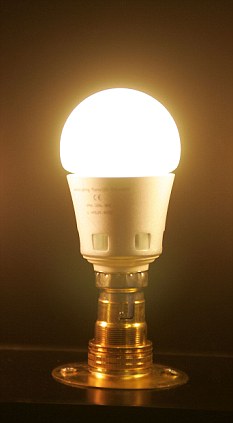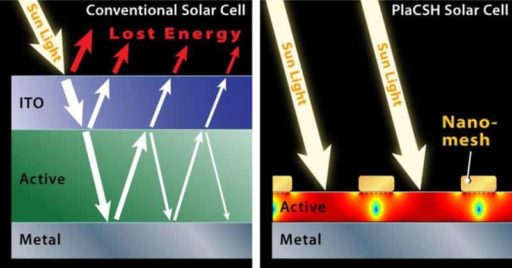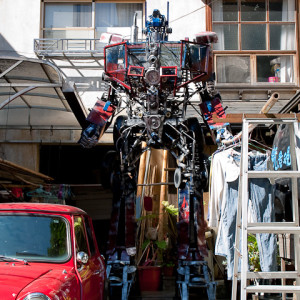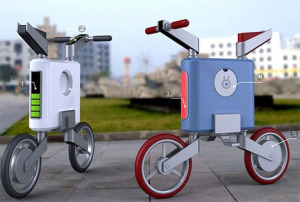It could be the breakthrough that finally has consumers warming to the energy-saving light bulb. In the future, there will be energy crisis. But We have to be focused on saving energy in our every day life. The latest innovation by Lemnis Lighting is the Pharox 60 LED Dimmable Lightbulb, that uses just 6 Watts and has the equivalent luminescence of the traditional 60 Watt incandescent bulb.
The Pharox 60 fits a standard sized household light fixture, is made of recyclable material, and is the most energy efficient bulb of comparable light quality on the market today with a light output of 300 lumens and a warm white light of 3000K. A patented heat sink keeps the bulb temperature low (we think it’s the aluminum housing surround) and it is the most environmentally safe option on the market as well, containing NO lead, mercury, or wolfram, unlike it’s compact fluorescent competitors.

“C.F.L.s are officially an outdated technology,” Mr. Philips said during a recent conversation with Green Inc. “You can’t recycle C.F.L.s. You can’t get a fully dimmable product. That should make them obsolete.”
The packaging says the bulb will last 25 years given average use (four hours a day), or more than 36,000 hours.
A version that brightens up instantly, costs just 88p a year to run and lasts up to 25 years has gone on sale in Britain for the first time.
The only catch is that the new LED bulb will cost £30.
Manufacturers claim the Pharox is the first low-energy bulb to give off the same light quality and brightness as a conventional 60-watt traditional bulb.
They say that, despite its initial cost, each bulb will pay for itself in just three years. After that, each one used could shave around £9 a year off a typical household electricity bill.
Unlike most of the current energy-saving bulbs, which are compact fluorescent, the Pharox can be used with dimmer switches, reaches full brightness the moment it is turned on and contains no toxic mercury.
It also looks similar to a traditional bulb, works well in freezing conditions outside and stays cool when switched on, making it ideal for children’s bedside lights.
The bulb’s launch comes ahead of a European ban on conventional 60-watt incandescent bulbs, due to be introduced in 2011.
James Shortridge, owner of the Ryness lighting chain, said: ‘The original bulb was a 1901 design, while the compact fluorescent is a design from the 1980s that has never been perfected.
‘Many people just don’t like the compact fluorescents and they don’t like the old bulbs being banned before a good replacement is available. But we are finally starting to get decent low energy bulbs that have the same light quality as the old variety.
‘My main problem as a retailer, however, is that it lasts for more than 25 years.’
LED bulbs that produce as much light as 100-watt ones are due to go on sale at the end of next year.
Frans Otten, chairman of Dutch firm Lemnis, which produces the bulbs, said: ‘Compact fluorescent bulbs are not going to be a good substitute for conventional incandescent bulbs.
‘People don’t like the light, they are not dimmable and if we use them to replace all the conventional bulbs there will be a lot of chemical waste from mercury.
‘It’s impossible to make these bulbs without using mercury. The fact people don’t like them means they are not a good product.’
The bulb is made up of frosted glass containing four white LEDs – or light-emitting diodes – and two red ones.
A single LED has a lifetime of 100,000 hours – around 50 years – if used continuously. This is reduced by regular switching on and off.
Mr Otten said his bulbs will last for around 25 years or longer if used for four hours a day.
A light bulb that lasts decades may sound like suicide for a lighting company but supporters say the market can still be huge, with around 15billion bulbs sold every year.
The EU is phasing out all traditional incandescent light bulbs to slash its carbon dioxide emissions.
From September 1, shops were banned from stocking up on 100-watt traditional bulbs, while 60-watt bulbs will start to be phased out in 2011.




Please provide more detail on specific cuts and increases.